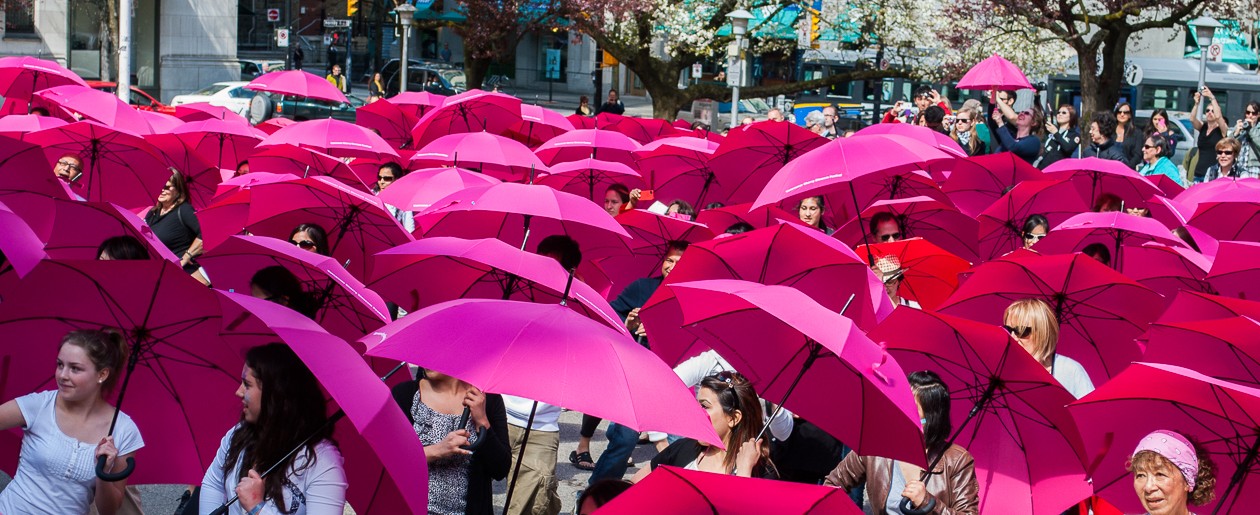The brief:
Read ‘Rhetoric of the Image’ and write a reflection in your learning log.
- How does Barthes define anchorage and relay?
- What is the difference between them?
- Can you come up with some examples of each?
- How might this help your own creative approaches to working with text and image?
I wrote a reflection on the ‘Rhetoric of the Image’ in the Context & Narrative module which was summarized here, so I will confine my comments to anchorage and relay on this posting as I did not cover them in great detail during that posting.
In the context of today’s mass media communication every image carries some form of linguistic message. The function of the linguistic message can either be anchorage or relay. All images have any number of meanings (polysemous) which are conveyed to the viewer by means of signfiers and signifieds. Some the viewer will understand, some he/she may choose to ignore due to cultural differences or ignorances. The text in the image helps the viewer to answer the question “what is it?”
Anchorage is used mainly in press photographs and advertisements. The function of the text is to draw the viewer to a directed level of perception, thereby avoiding an incorrect interpretation of the image.
An example of this would be:

The caption above is directional in that it names the activity taking place as well as the location, province and country. Were the caption to be only “Fishing” or “Fishing at St. Lucia” that would leave the actual location quite wide open to questions. Is this location in St Lucia in the Caribbean one might ask if questioning the latter caption? By anchoring the text specifically to the town of St Lucia in the province of Kwa-Zulu in the country of South Africa, the viewer is left in no doubt as to the correct interpretation of the image.
Language clearly has a function of elucidation, but this elucidation is selective, a metalanguage applied not to the totality of the iconic message but only to certain of its signs.
Barthes (p. 40)
Relay is less common and is usually found in comics and cartoons as well as in film. Here the text and image stand in a complementary relationship to each other and usually require a bit more introspection to figure out the connections between the two. If I were to add the caption “Awaiting the big one” to the image above, the meaning would be quite ambiguous. The viewer would be left wondering if the text referred to the looming storm or the persistent fisherman at the shore’s edge waiting to catch his big fish of the day.
This use of anchorage and relay text can certainly play an important part in how one wants ones images to be read. Looking back at my C&N assignments I see that I have used a mix of anchorage and relay text. My assignment 3 relied totally on relay text. Looking back, except for the title of C&N’s assignment 2, I did not shoot with any caption in mind. The captions always came at the end of the editing process. I can’t really say how thinking about these approaches to text and images will affect my way of working, except that I might think a little deeper into how I want my images to be interpreted – to what level do I want to direct the viewer or leave the interpretation open to the viewer’s authorship.
Reference List
Barthes, Roland (1977). Rhetoric of the Image in Image, music, text. London: Fontana Press


